Overview
For cyclists, ATV riders, and dirt bike enthusiasts, bike flags are a necessary accessory. In addition to improving visibility and ensuring safety, a bike flag can occasionally give your ride a unique or fashionable touch. Having the appropriate bike flag can significantly improve safety and awareness whether you are riding off-road trails, commuting on city streets, or joining group rides.
This guide covers bike flag types, maintenance, legal considerations, installation advice, and how to pick the best one. You can make sure your rides are more fun and safe by being aware of these factors.
- A bike flag has multiple useful functions in addition to being a decorative piece.
Improves Safety: Lowers the chance of collisions, particularly in places with heavy traffic or low light levels.
Signals Group Riding: Assists riders in a group in staying visible and coordinated.
Expresses Personal Style: To add a unique touch to their bikes, many riders opt for flags featuring logos, colors, or patterns.
A bike flag is a minor investment that greatly increases road or trail safety for both adults and kids.
Improves Safety: Lowers the chance of collisions, particularly in places with heavy traffic or low light levels.
Signals Group Riding: Assists riders in a group in staying visible and coordinated.
Expresses Personal Style: To add a unique touch to their bikes, many riders opt for flags featuring logos, colors, or patterns.
- Flag Types
Depending on their intended purpose, flag can be made of a variety of materials, designs, and styles.
Tall Safety Flag
typically mounted on the back of ATVs or bicycles.
extremely noticeable in off-road or traffic situations.
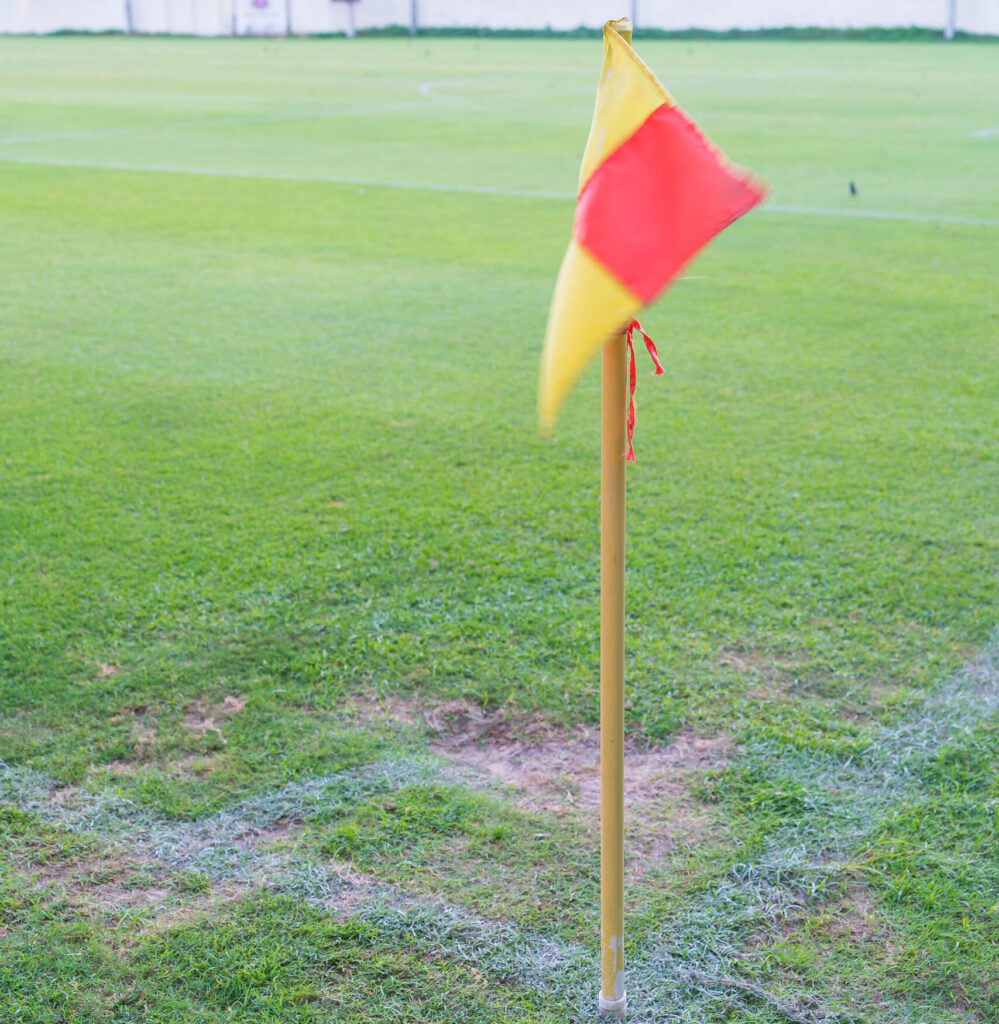
Decorative Flag
- For flair and individuality, use unique patterns or hues.
- frequently utilized for group rides or parades.
- Flagpoles for ATVs or dirt bikes
- poles that can be extended for off-road trails.
- able to be tilted for optimal riding visibility.

Selecting the appropriate kind guarantees that your bike flag will serve your riding needs and be long-lasting.
- How to Pick the Proper Bike Flag
When choosing the perfect bike flag, consideration should be given to material, size, and safety:
Height and Visibility: The flag needs to be high enough to be seen over obstacles like cars.
Material Durability: Flags made of nylon or polyester are weatherproof, lightweight, and strong.
Pole Strength: During rides, sturdy poles avoid bending or shattering.
Method of Attachment: Verify that the flag can be fastened firmly to the rear rack or bike frame.
Legal Compliance: Flags on public roads may be subject to special rules in some areas.
A well-chosen bike flag guarantees improved visibility, security, and durability.
- Bike Flag Installation Advice
For a bike flag to be effective, it must be installed correctly:
Rear Mounting: For optimal visibility, fasten the flag to the back of the bicycle.
Use the clamps, bolts, or brackets that the manufacturer has supplied for a secure fastening.
Height Adjustment: Select a pole that can be made longer or shorter as necessary, if at all possible.
Avoid Obstacles: Make sure the flag doesn’t get in the way of the bike’s wheels, brakes, or other parts.
Check Stability: To make sure the flag stays upright and doesn’t wobble too much, test it while riding slowly.
When installed correctly, the flag will stay safe, operational, and visible during rides.
- Benefits of Using a Bike Flag for Safety
Riding safety is greatly increased by a bike flag:
Early Motorist Detection: At intersections or when changing lanes, flags help drivers spot cyclists.
Low-Light Visibility: In foggy conditions or at dawn or dusk, visibility is improved by reflective or brightly colored flags.
Child Safety: Parents and drivers can more easily spot children’s bikes when they have flags on them.
Off-Road Protection: By warning other trail users, flags on ATVs and dirt bikes lower the chance of collisions.
Purchasing a high-quality bike flag improves safety for cyclists of all ages.
- Bike Flag Maintenance Advice
Keeping a bike flag in good condition guarantees its continued durability and effectiveness:
Frequent Cleaning: Rinse the flag to get rid of dust, grime, and debris.
Check for Wear: Replace flags that are torn or faded as soon as possible.
Store Properly: To prevent weather-related damage, store in a dry location when not in use.
Verify the pole’s integrity by making sure it is straight and devoid of bends or cracks.
Maintaining your bike flag properly guarantees safety and prolongs its lifespan.
- Well-liked Bike Accessories and Flags
The following are a few suggested bike flag options:
Safety Flags with High Visibility For optimal visibility, use reflective strips and vibrant colors.
Custom Decorative Flags: Personalized patterns for group rides or children’s bicycles.
Off-road trail flags are pliable poles that work well with dirt bikes and ATVs.
Reflective mesh flags are strong and lightweight, making them ideal for school bikes or daily commutes.
Pakwheel.http://pakwheel.com
In conclusion
For cyclists of all ages, a bike flag is a basic yet necessary accessory. It can add a personal touch while also increasing safety and visibility.
A safer and more pleasurable riding experience is guaranteed when you select the appropriate type, install it correctly, and maintain it properly.
For both kids and adults, purchasing a high-quality bike flag is a tiny but effective way to increase safety, awareness, and confidence.
Read more about this BikeFlag . http://allbikeinfo.xyz/bike-flag




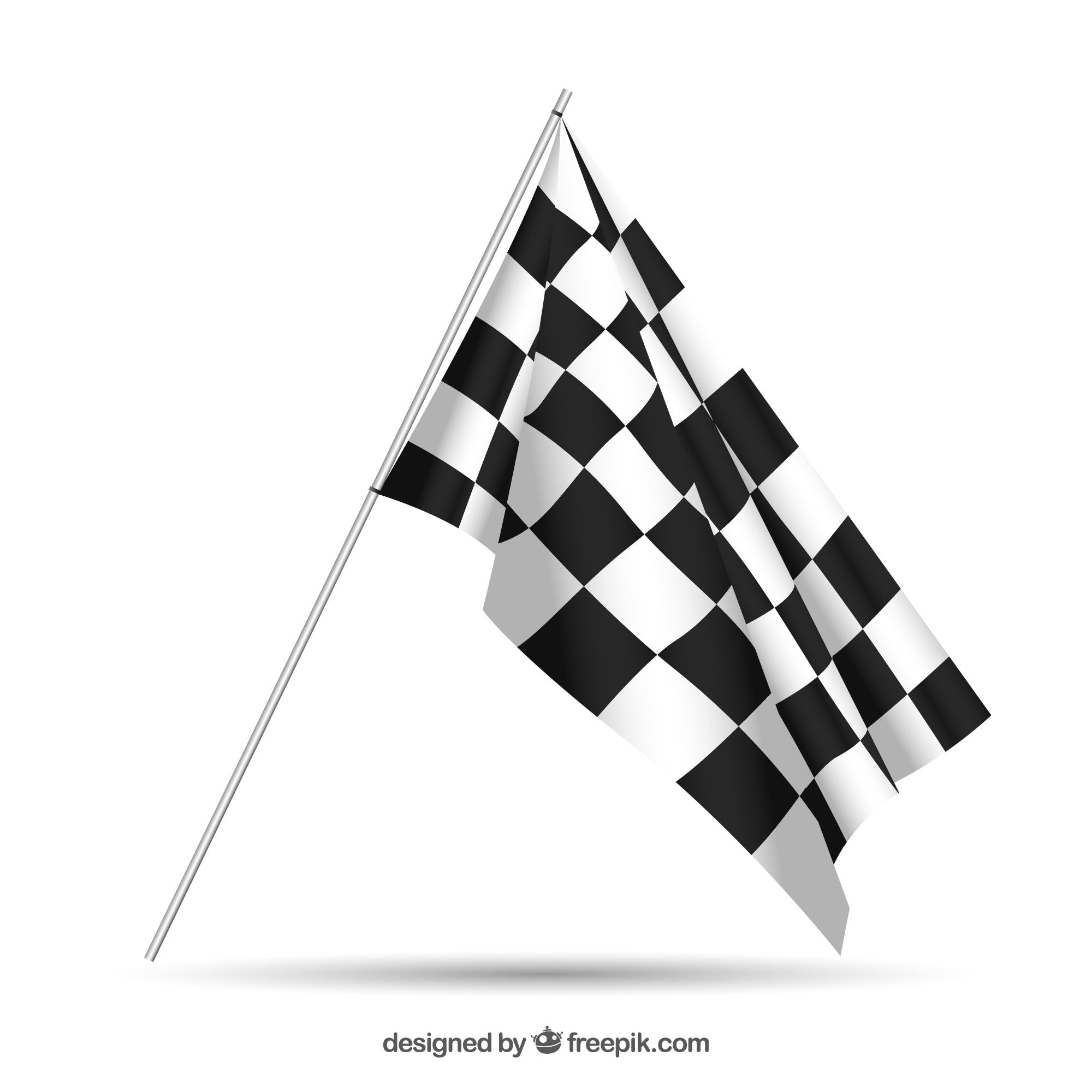
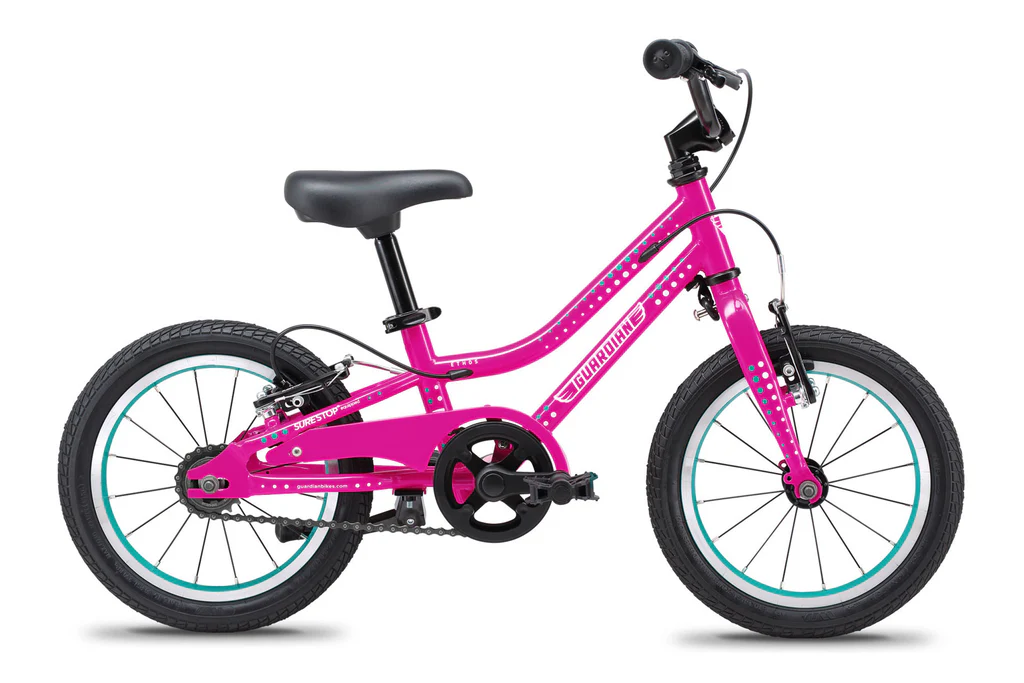
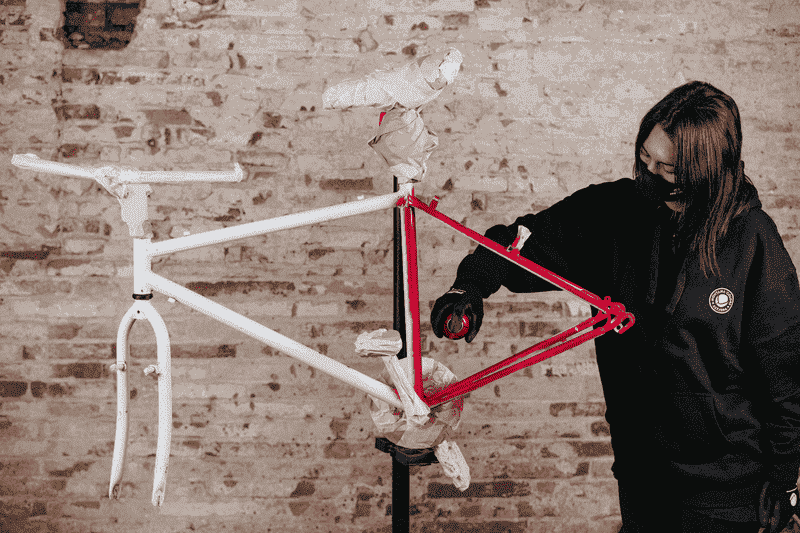
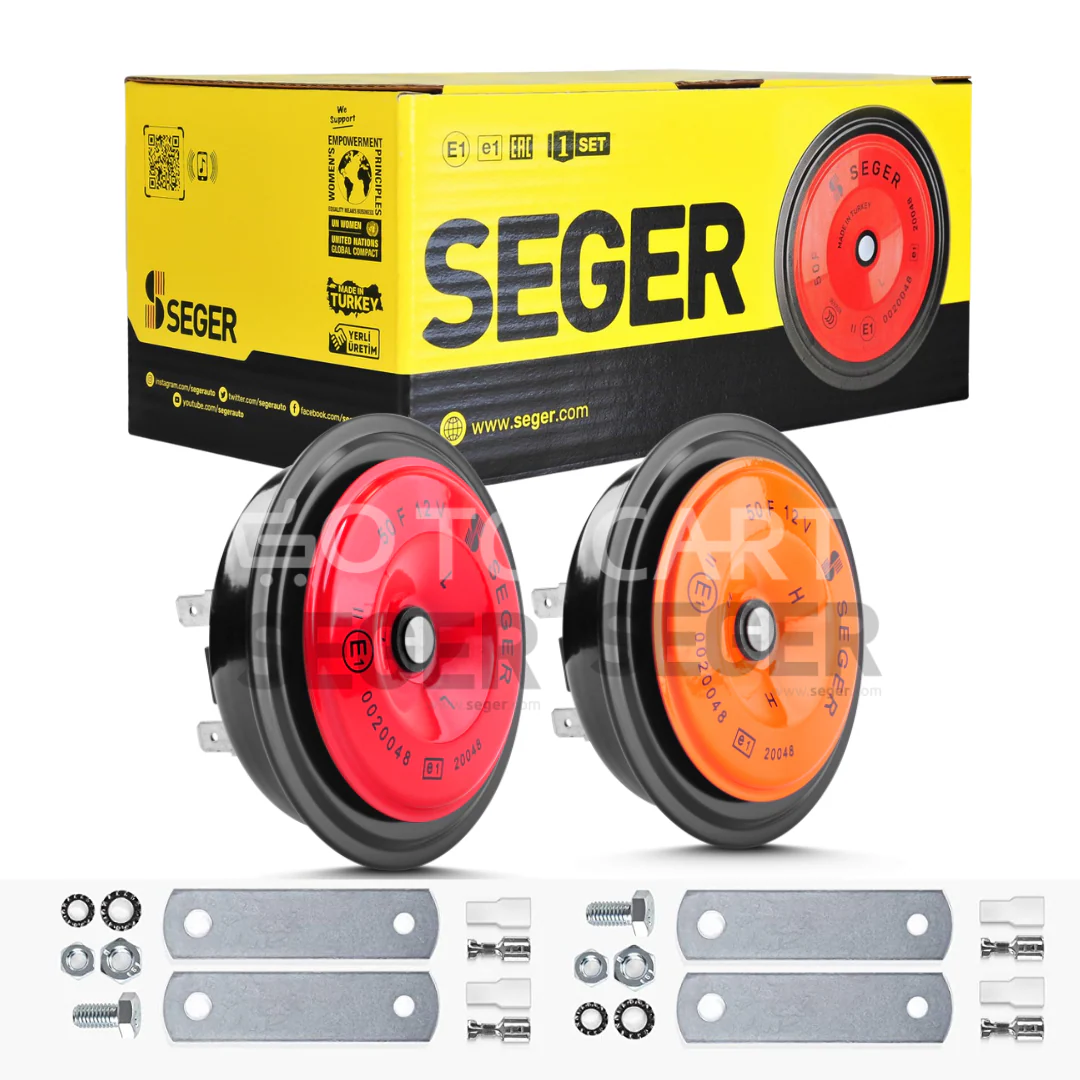
Leave a Reply